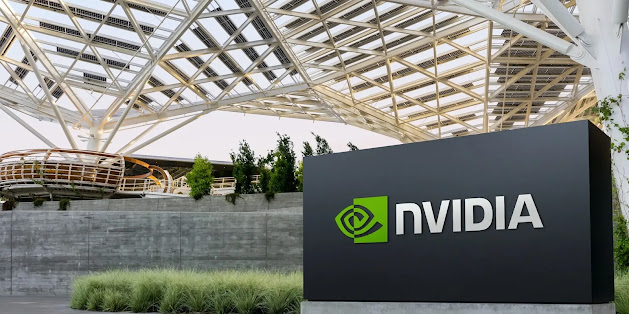Introduction:
The advent of artificial intelligence (AI) and its rapid advancements have sparked a gold rush in the technology industry. Companies are investing heavily in AI systems, particularly generative models like ChatGPT, to capitalize on the potential profits they offer. However, beneath the spotlight on AI models lies a thriving industry that caters to the infrastructure needs of AI, encompassing chipmakers, networking equipment providers, server manufacturers, software developers, and data center landlords. This article explores the various players in the AI infrastructure landscape and the opportunities they have to cash in on the AI gold rush.
The Rise of AI and Its Computing Demands:
The latest AI systems, especially generative models, require significant computing power. Model sizes have grown exponentially, and training these models demands substantial computational resources. As a result, companies are increasingly investing in high-performance chips, such as graphics-processing units (GPUs), to meet the computing requirements. This has led to a surge in demand for chipmakers like Nvidia and AMD, as well as manufacturers like TSMC.
Chipmakers and Networking Equipment Providers:
Chipmakers are the primary beneficiaries of the AI boom, as they design the semiconductors powering AI servers. Nvidia, with its dominant position in the GPU market, stands to benefit greatly. Advanced networking equipment providers, including switches, routers, and specialist chips, are also experiencing increased demand due to the need for efficient communication between GPUs. Nvidia and Arista Networks are notable players in this space.
Server Manufacturers and Data Centers:
As AI computing gains momentum, data centers are rapidly filling up, and server manufacturers are witnessing a surge in demand for AI-dedicated servers. Companies like Wistron, Inventec, and Super Micro are producing custom-built servers for cloud providers, while Dell'Oro Group predicts a significant increase in the share of servers dedicated to AI in data centers. Data center landlords, such as Equinix and Digital Realty, are also benefiting from the infrastructure boom.
Software and Applications for AI:
Specialized software plays a crucial role in operating AI infrastructure. Chipmakers often provide software platforms to maximize the efficiency of their GPUs. Meanwhile, numerous startups are developing applications for managing AI data and hosting large language models. Additionally, cloud giants like Amazon, Alphabet, and Microsoft are investing heavily in AI computing, creating opportunities for AI-focused cloud startups to challenge the incumbents.
Potential Constraints and Future Outlook:
Despite the AI boom, there are potential constraints that could impact the growth of the AI-infrastructure stack. Energy consumption and limitations on development in certain regions may pose challenges. Moreover, the profitability and regulatory landscape of AI remain uncertain. However, the sheer demand for AI computing power and the potential usefulness of AI in various applications suggest that the gold rush is likely to continue, albeit with potential slowdowns.






Social Plugin